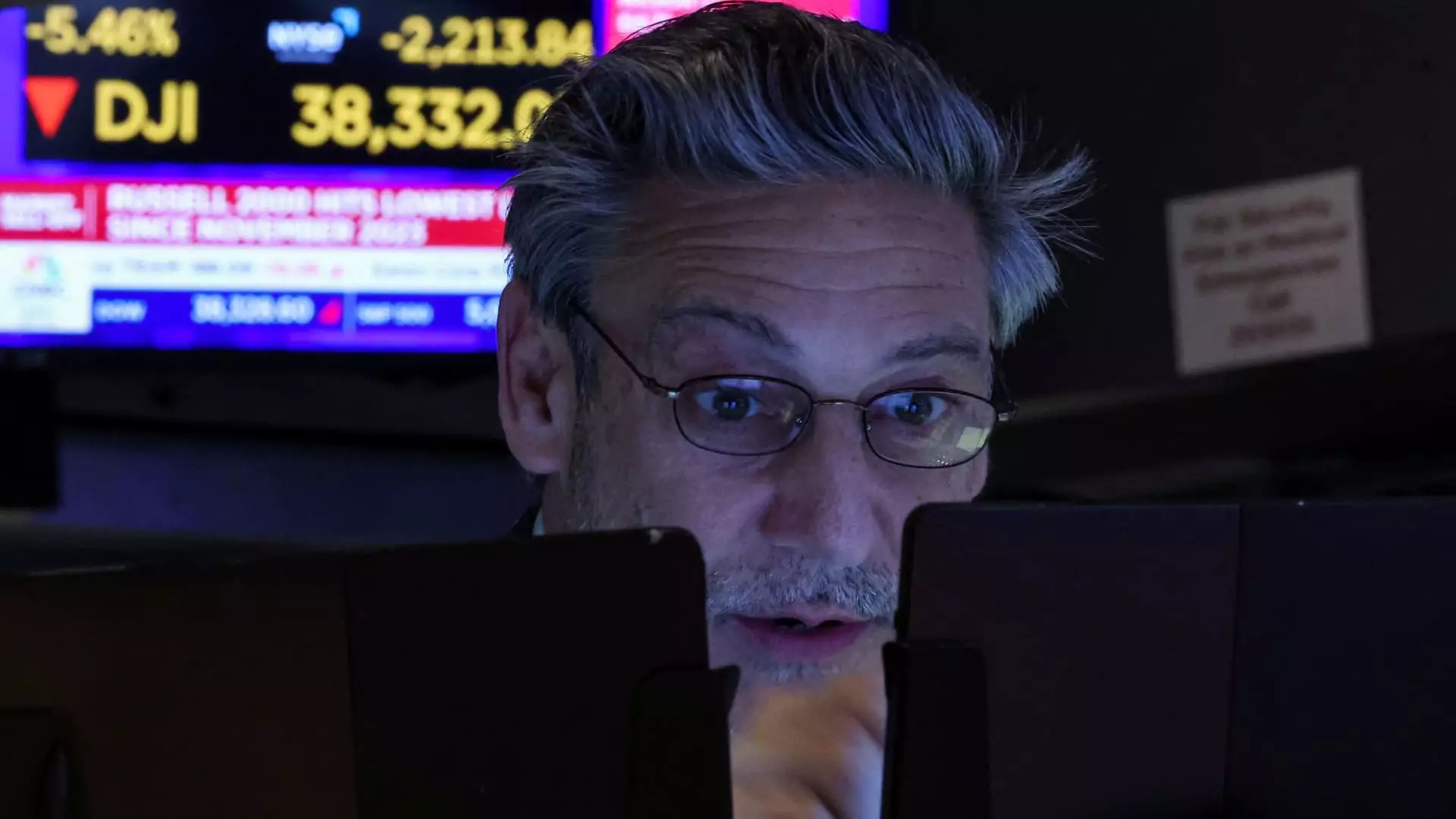The stock market, often described as the beating heart of the global economy, can resemble a rollercoaster during periods of extreme volatility. Trading halts, designed to restore order and provide a moment to regain composure amidst chaos, reflect the market’s efforts to temper emotional investor responses. The insatiable urge to buy or sell, particularly during tumultuous times, can lead to severe mispricing of assets. Trading halts serve as a crucial intervention to ensure that traders can make informed decisions without the pressure of a rapidly changing market environment. However, the mechanism behind these pauses is not universally adored; it sparks vital discussions around market efficiency and investor autonomy.
The Impact of External Factors on Trading Halts
In recent years, stock market dynamics have been heavily influenced by various external factors, such as government policies and geopolitical tensions. For instance, President Trump’s imposition of tariffs led to unpredictable fluctuations in stock prices, igniting a sense of urgency among traders. The abruptness of these changes left many investors scrambling for cover, making the rationale behind trading halts more apparent. When stock futures plummet, the interventional “circuit breaker” mechanisms — which enforce trading pauses when indexes drop below specific thresholds — aim to prevent panic-induced selling. However, such measures can also stifle market responsiveness to new information, challenging the effectiveness of trading pauses in truly stabilizing the market.
The Psychological Dimension of Market Trading
Human nature plays a significant role in stock market dynamics. During periods of distress, fear often predominates, leading investors to react impulsively rather than rationally. Trading halts can offer a psychological reprieve, allowing investors to reevaluate their positions and resist the temptation to make hasty decisions. This moment of pause can foster a more thoughtful analysis of the market conditions at hand, potentially calming frayed nerves. However, it raises questions about whether halts serve to protect investors or simply prolong sell-offs by delaying their actions, thereby complicating recovery efforts.
Critiquing the Effectiveness of Circuit Breakers
While circuit breakers have the laudable goal of preventing catastrophic losses, their effectiveness is far from guaranteed. The three-tier system — defined by varying percentage drops in indexes — aims to address market declines in a structured manner. Yet, these measures can sometimes merely postpone the inevitable. Traders often anticipate these levels and adjust their strategies accordingly, leading to a potential build-up of volatility once trading resumes. For instance, uncertainty surrounding economic factors or political events can weigh heavily on traders’ minds, making mere pauses insufficient to curb the underlying panic. In that sense, trading halts may function more as a stopgap than a solution, serving to highlight their limitations in managing financial crises.
The Need for Market Reform and Adaptation
As the landscape of global trading continues to evolve — from the influence of algorithms to the rise of retail investors — the mechanisms that govern our financial markets require vigilant reassessment. The current system of trading halts and circuit breakers, while an essential aspect of market regulation, needs to adapt to the complexities of modern investing. There is a pressing need for a more nuanced approach that can accommodate the realities of lightning-fast trades and heightened market sensitivity. Engaging with diverse stakeholders, from institutional investors to public interest groups, can foster innovative solutions that account for the well-being of all market participants.
The Broader Implications for Economic Policy
The relationship between government actions and stock market dynamics cannot be understated. Current economic policies can create ripples that extend well beyond financial markets. When governments intervene with tariffs or economic stimuli, the consequences often reverberate throughout stock exchanges, influencing investor behavior. As political leaders navigate a rapidly changing world, their decisions will intimately shape market stability. In this light, there’s an ethical responsibility to embrace a balanced approach, ensuring that economic interventions align with broader socio-economic goals while minimizing undue volatility in the markets.
The stock market is a reflection of society’s broader economic health, and understanding its intricacies is crucial for fostering a resilient economy. As we navigate through uncertain times, maintaining a pulse on the factors affecting our financial institutions becomes imperative.

